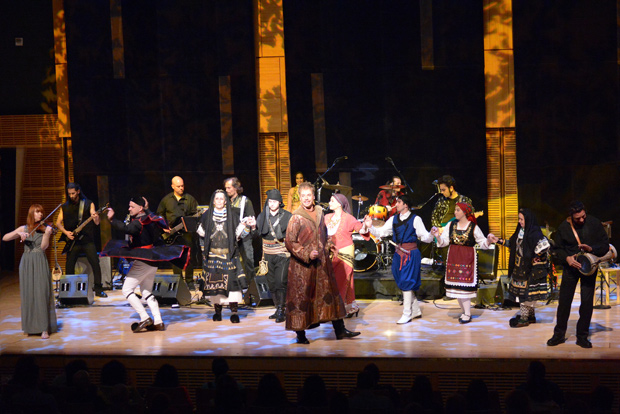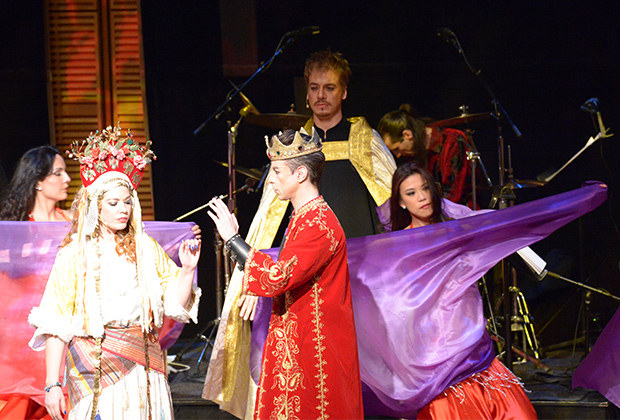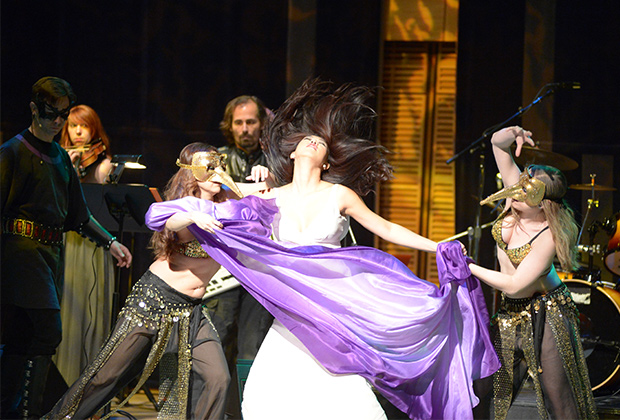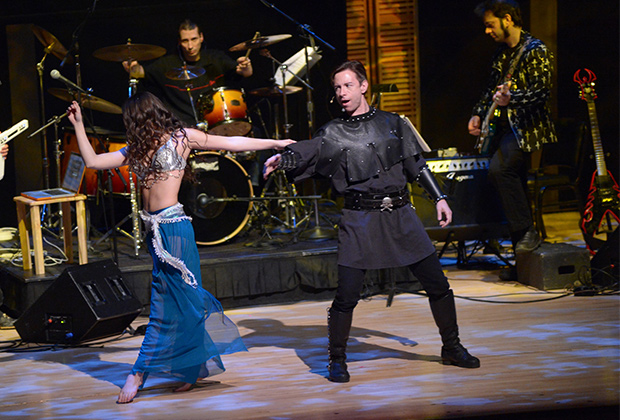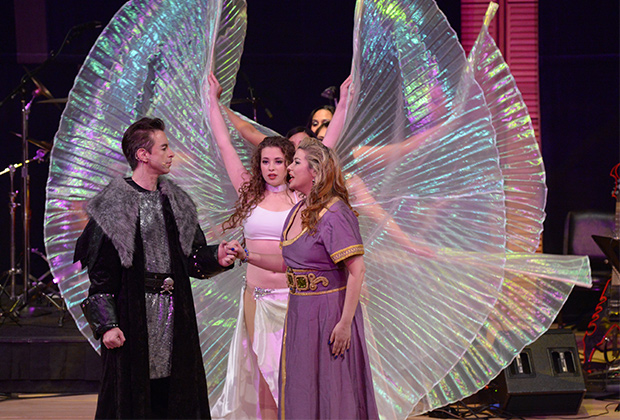The Orthodox Christian church has been encouraging parishioners to get involved and give back to the community for centuries. For the global citizens of the International Orthodox Christian Charities (IOCC), that community includes the entire world.
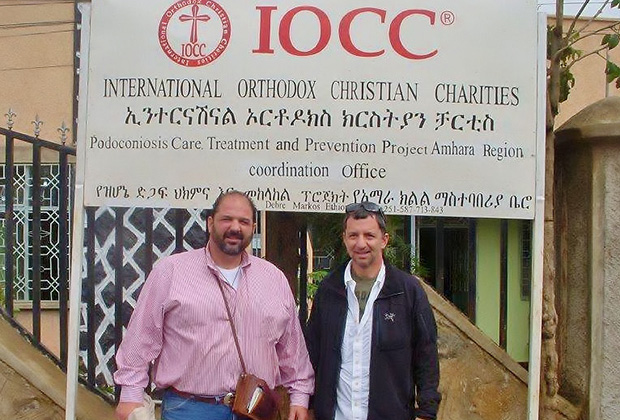
IOCC Executive Director & CEO Constantine Triantafilou (left) with Mark Stavropoulos, IOCC Chairman of the Board
The organization was founded in March of 1992 by Charles Ajalat of Los Angeles, Andrew Athens of Chicago, and John Rangos, Sr. of Pittsburgh. According to Constantine Triantafilou, the current Executive Director & CEO, Ajalat, Athens, and Rangos had each been active in their third of the continental United States. However, “they realized that together they were stronger.” Since the formation of the IOCC, the organization has brought over $400 million in aid to people in need in more than 50 countries.

Suha, 10, and Nada, 9, must visit communal water storage tanks daily to fill empty plastic water cans and carry them back to their family homes. Each filled container can weigh up to 44 pounds, a heavy burden for a young child. The need for safe water in Gaza is urgent following extensive damage to water and sewage systems caused by last summer’s conflict. IOCC is responding by delivering drinking water to storage tanks in the affected communities. (photo: IOCC)
According to Mr. Triantafilou, who joined the organization in 1993, the IOCC’s first program was an airlift to Russia out of Pittsburgh. Soon after, the organization responded to the conflict in former Yugoslavia. “There were sanctions in Serbia and a war in Bosnia so we were responding to all of that,” he elaborates. A stint in Georgia would make up what Triantafilou refers to as “the first three cornerstone programs in emergency contact.” He adds, “We were built on emergencies and as those emergencies died down we kind of shifted towards rehabilitation, recovery, and development to some extent. You can still see our presence in Bosnia. So we try to commit to a region when we get there.” The Bosnian presence he is referring to is a partnership with a local microcredit organization that hands out “small, short-term loans” to help prospective business owners get their companies off the ground, thus driving the country’s economy forward.
Triantafilou talks about the IOCC’s history as a series of five year blocks. The first two saw its founding and expansion in Eastern Europe and the Caucasus. The third would see them go into Africa and the Middle East. “We’ve been in the Middle East a long time,” he explains. “It started very small working with the Church of Antioch’s Department of External Relations and Development (DERD). We started with small projects like help for the elderly, that kind of thing. But then there was an influx of Iraqi refugees into Syria, so small projects led to big projects. Right now we’re doing emergency relief inside Syria. That means food and non-food items such as blankets, quilts, clothes, well-digging. We were doing some sustaining activities with the Iraqis such as job training, but right now we’re really in the emergency mode.”
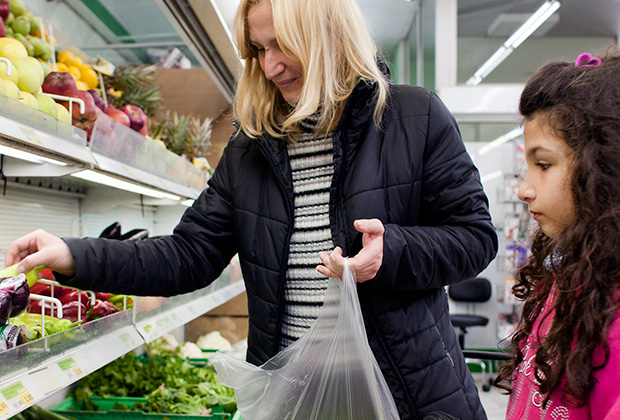
Eleni, 10, and her mother shop for fresh apples and greens at an Athens supermarket using a prepaid grocery card provided by IOCC. (photo: Eirini Vourloumis/IOCC)
He adds, “We’ve also got programs in Lebanon and Jordan. We’ve got a really cool program in Lebanon where we’re working with a very large staff of nutritionists and workers that help with the refugees to see if they’re malnourished. We have a small education program as far as educating the mothers about nutrition and giving food supplements to kind of get the kids back up to healthy weights. We do a lot of water sanitation in the refugee camps, getting the water sanitation facilities and bathrooms and what-have-you up to speed. We have a large project working in schools because there’s been such a huge influx of refugees into Lebanon. The school capacity wasn’t there to absorb that many kids so we’ve been refurbishing the facilities and the schools. In Jordan we’ve been working in the refugee camps helping with small projects and bridging gaps there. Some projects are bigger than others but that whole region is affected. So we’re doing what we can to support them.”
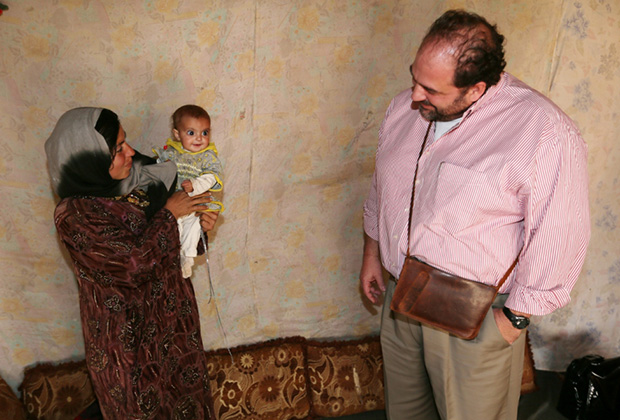
Constantine Triantafilou with Syrian refugees in Bekaa
Aside from these emergency-driven programs, Triantafilou says “Greece has always played some sort of role in IOCC’s history.” According to IOCC’s website, the organization has provided more than $16 million in support for Greece through medical supplies, food parcels, and heating fuel, to name a few. “We’ve got a dry goods program but we also have a fresh food program where people get a debit card they’re able to go to a bazaar or a grocery store and buy fresh produce, which is really cool cause they get to do their own shopping,” he explains. Similar to IOCC’s work in the Middle East, Triantafilou says they also have a water sanitation program in Chios to aid the Syrian refugees and take some of the pressure from their influx off of Greece’s already-strained economy. “As a Greek, it’s hard to have to work on an emergency in Greece, but we’re blessed to have strong partners there and strong staff. So that’s going well,” he says.
But IOCC’s efforts aren’t just focused overseas. It also has several initiatives in the United States. They currently have people on the ground out west helping with flood and tornado recovery. And, several weeks ago when IOCC’s hometown of Baltimore erupted into violence and riots after a black resident died in police custody, the IOCC partnered with a local charity called Catherine’s Closet to distribute hygiene kits to people who couldn’t leave their homes. “We have a fairly large kit program. We always encourage people to make these hygiene kits. We use them abroad and we use them here,” Triantafilou explains.
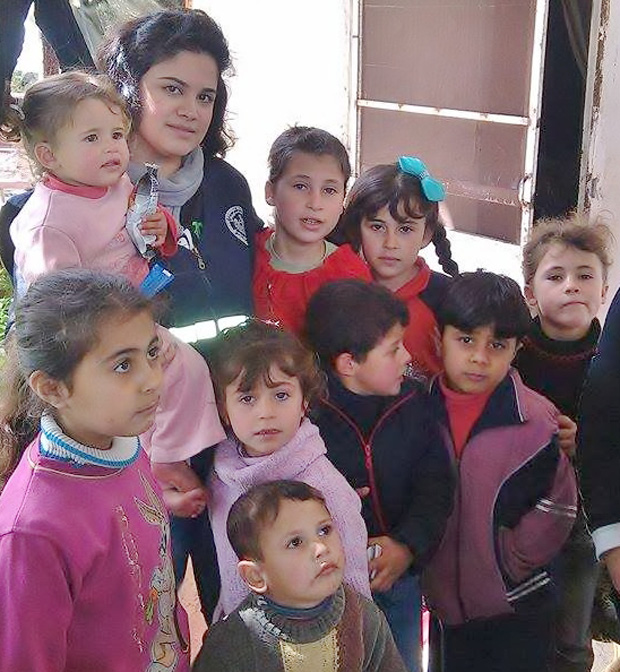
Witnessing horrors of war and fleeing the only home you’ve ever known has traumatized Syria’s children. #IOCC with its church partner in Syria, the Greek Orthodox Patriarchate of Antioch and All the East, is providing crisis counseling to these displaced children from Idlib and teaching them how to cope feelings of fear and uncertainty for the future. (photo: IOCC/GOPA)
With billions of people in the world and non-stop emergencies, both natural and man-made, how does the IOCC choose where to help out? According to Triantafilou, aid requests are “not a formal process.” He explains, “Most of the time you’ll hear the invitation in the language from the local church. If there’s an emergency (and we’ve gotten better over the years as far as being able to know who to reach out to) we dialogue with the church to ask what capacity they have, do they want or need us there, do we take more of a backseat role like we’re doing in Greece or are we taking a high-profile lead like we would here in the United States. We kind of evolve and shape ourselves and our footprint according to the capacity and the needs on the ground.”
Once a request for assistance does come in, Triantafilou says, “for most big decisions the IOCC staff will bring a proposal to me and I’ll bring it to the Board of Directors. For example, if we want to go to northern Iraq to increase what we’re doing there, we’ll put a proposal together and bring it to the program committee and they’ll study it and then we’ll bring it to the board and the board says yes. This sounds like it takes forever but it can move pretty fast if we need it to.”
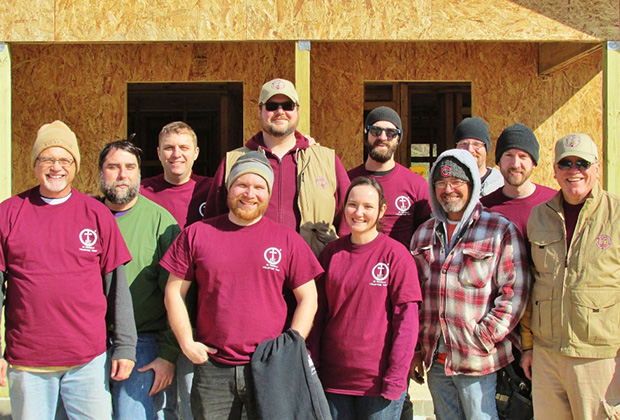
Seminary students from across the US came together as an IOCC Orthodox Action Team to help rebuild storm-damaged homes for families in New Orleans. IOCC Orthodox Action Teams provide Orthodox faithful in North America with an opportunity to put their faith into action in the service of families recovering from disasters. (photo: IOCC)
When asked if he has a favorite story to share from his nearly 23 years with IOCC, Triantafilou says, “My favorite story would probably be when I first got to Belgrade. I had no idea what I was doing. I’d gone out to Bosnia for my first trip and I was just driving to the different dioceses to meet everybody and introduce myself and figure out what I was doing. I didn’t really have anything to bring with me. So I went to a place in northern Bosnia and the church there had a women’s auxiliary group. I walk into their center and notice that all the hallways and all the rooms are filled with boxes of Danish feta cheese. I was just amazed at how much feta cheese was in there. There was an elderly lady there named Ms. Popovic who I met with and over the next four years we got to become pretty good friends and we increased our program together. When I was leaving to come back home, I went to say goodbye to Ms. Popovic and it was pretty emotional because we’d been through so much together. The war was over by this time. And when I went to say goodbye she said, ‘what do you see?’ and I said, ‘I don’t know, boxes,’ and she goes, ‘what kind of boxes,’ and I said, ‘boxes?’ not getting it. By this time all the rooms and hallways were filled with IOCC boxes. And she says to me, ‘you don’t remember, do you? You promised me the first day you got here that someday this place was going to be full of IOCC boxes.’ She had remembered my promise and we were able to fulfill it. So that was a really special day.”
Though Triantafilou’s current favorite story is from his early days with IOCC, he’s still very much looking towards the future. “I think there will always be some sort of role for IOCC. Hopefully it’s more on the development side than the emergency side. As for the immediate future, I hope that we’re prepared to sustain our efforts in the Middle East and to be in a strong position post-conflict to help rebuild because I think there will be a lot of work once this thing settles down.” He adds, “when I stumbled into IOCC I didn’t realize I’d found my calling, but I kind of did. It just agrees with me.”























































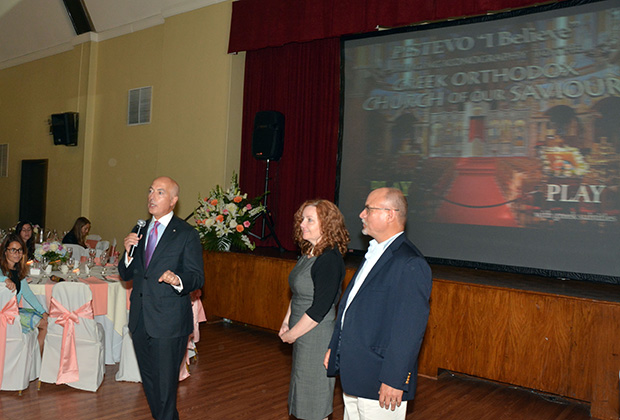
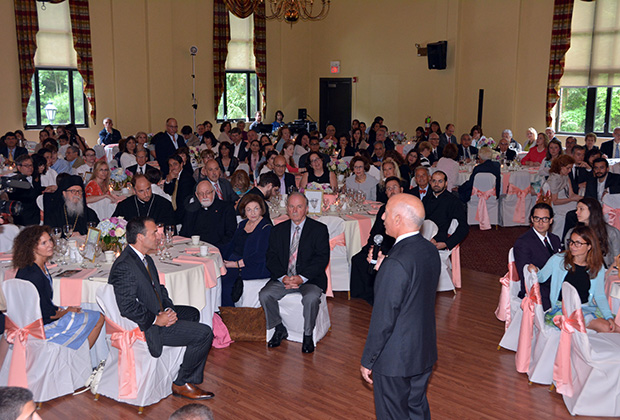
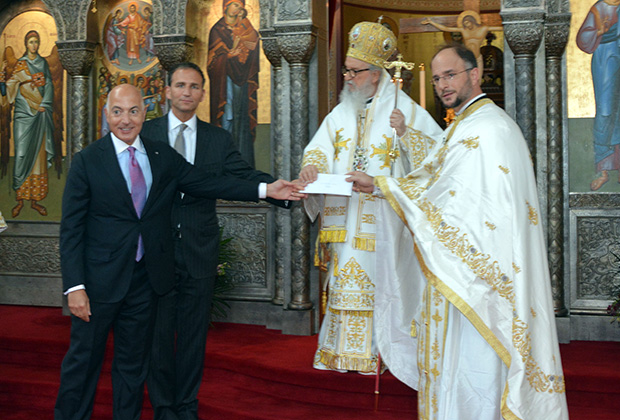
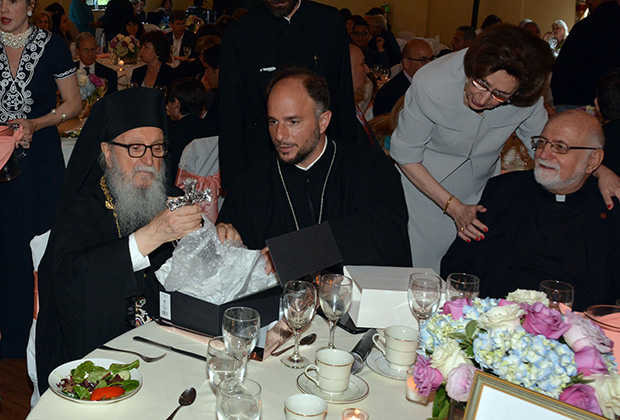
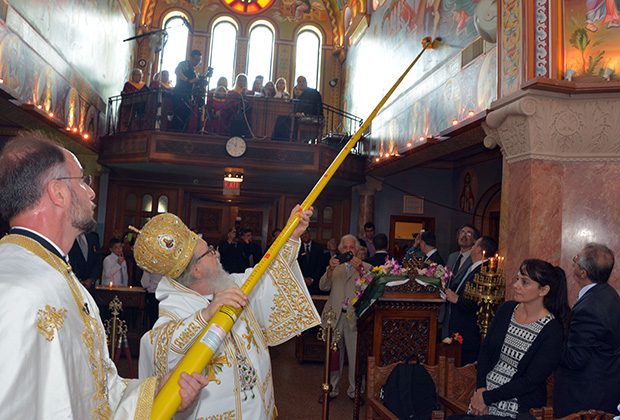
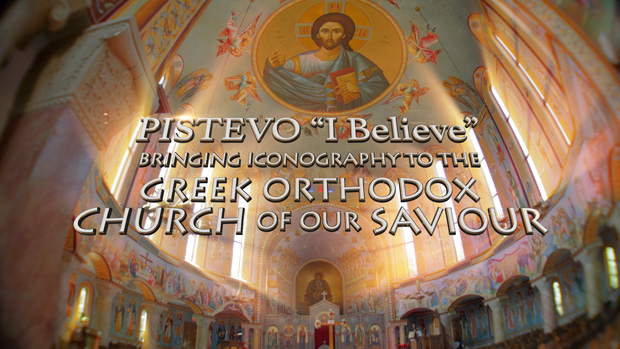

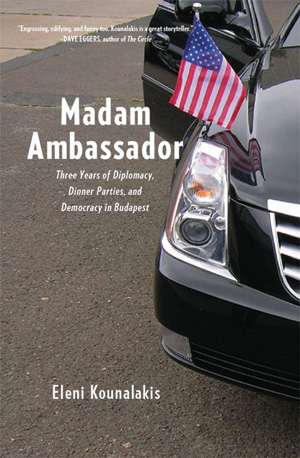
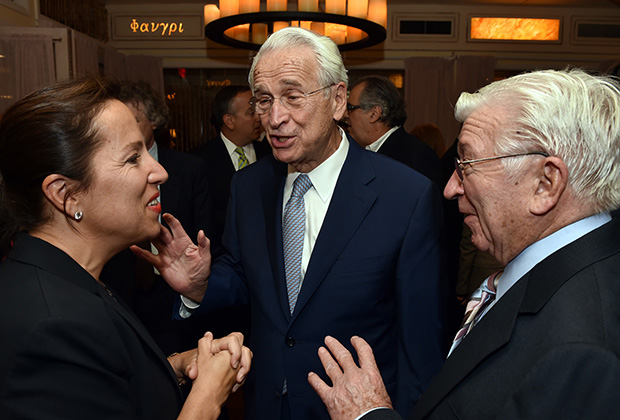
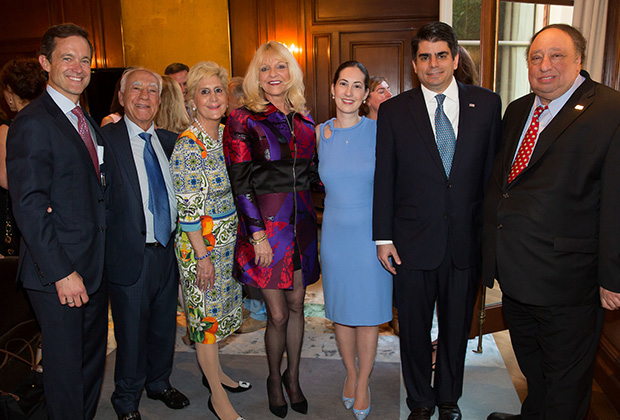
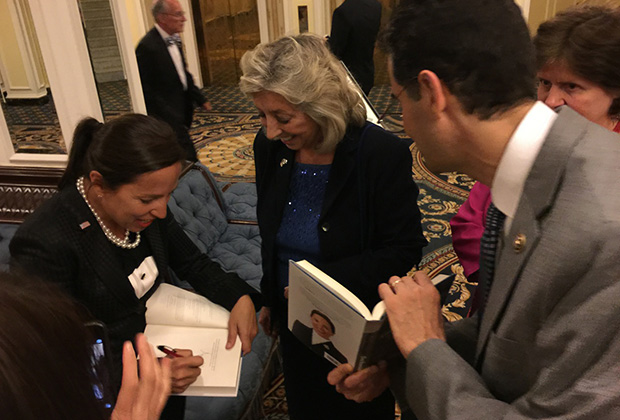
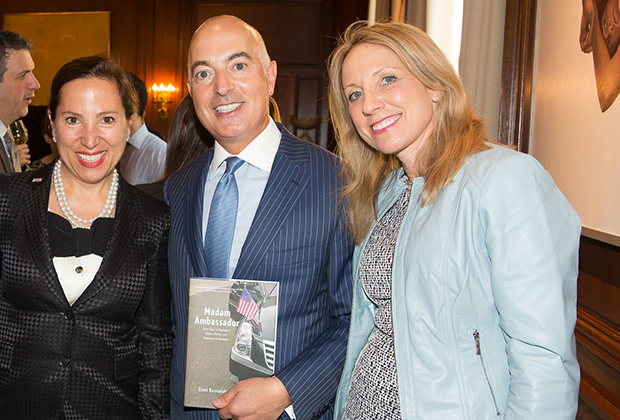
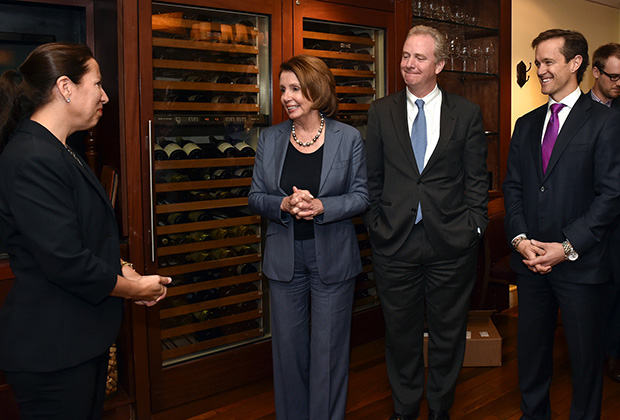
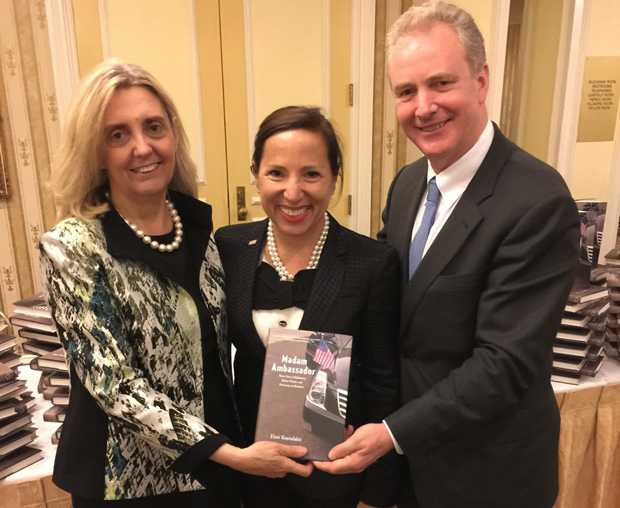
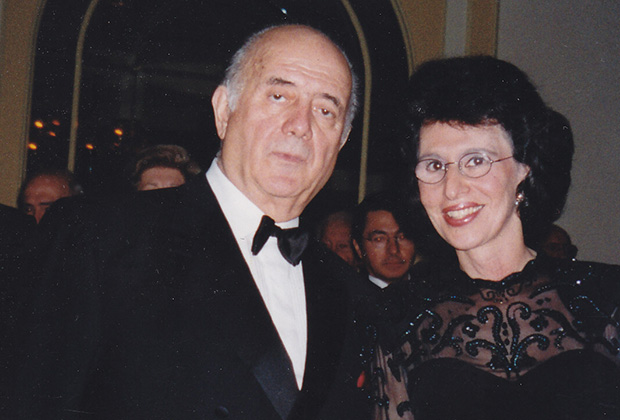

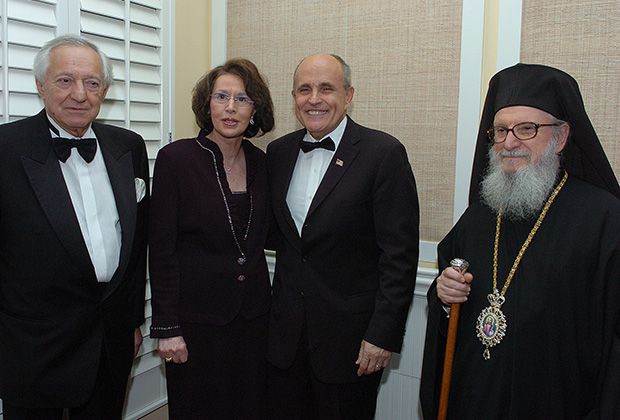
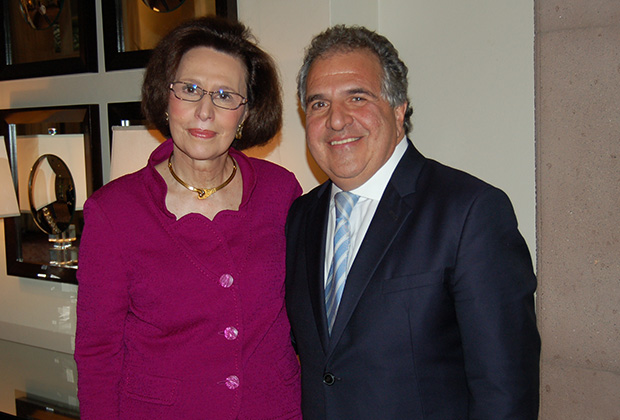
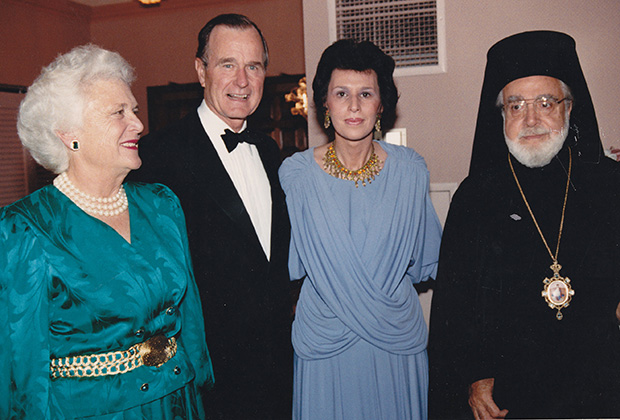
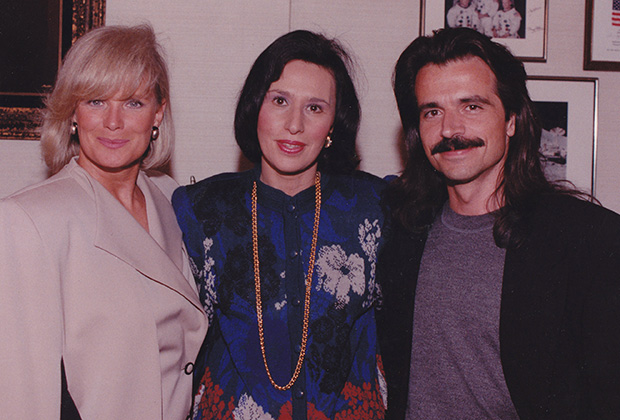
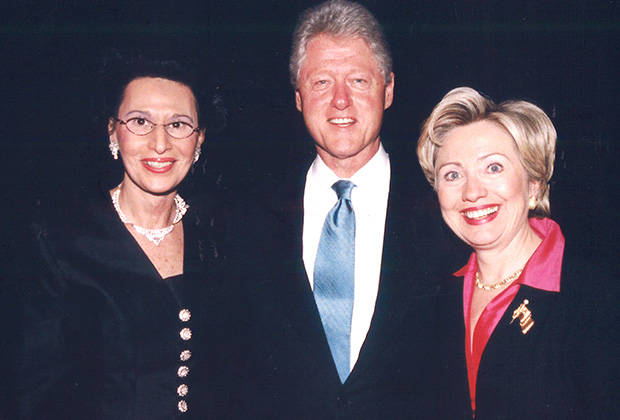

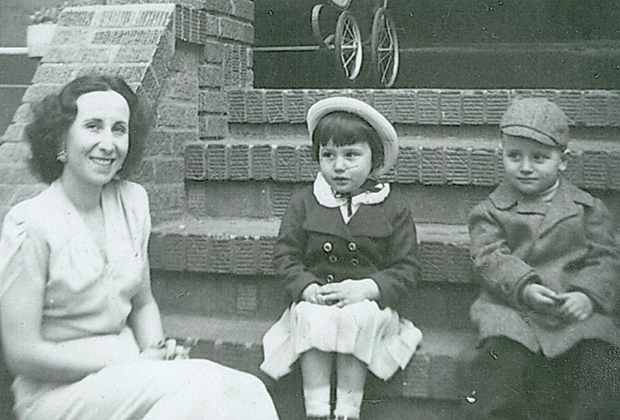
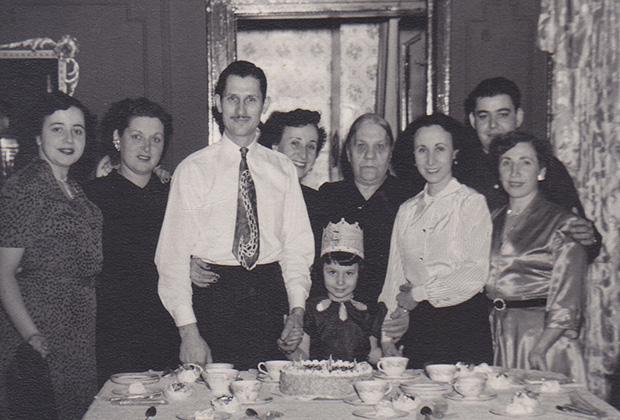
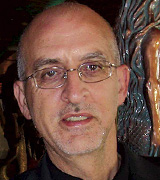
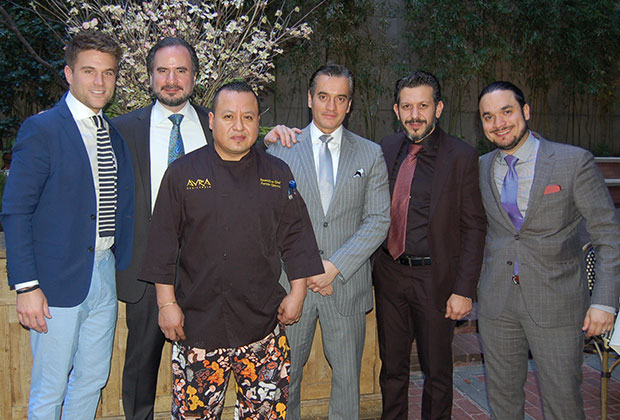
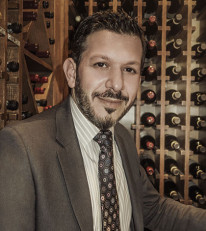
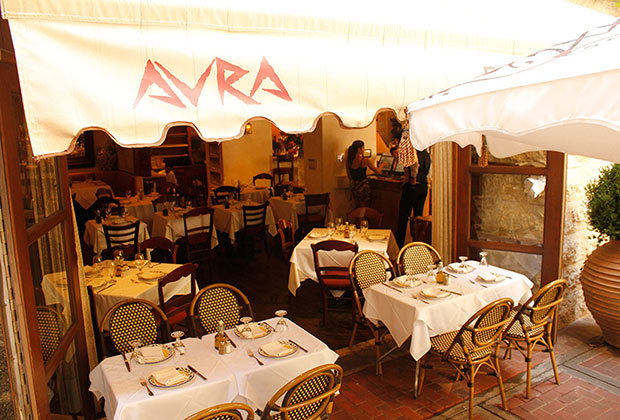




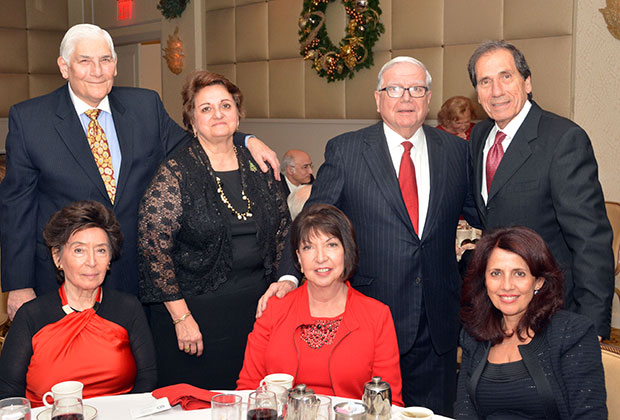
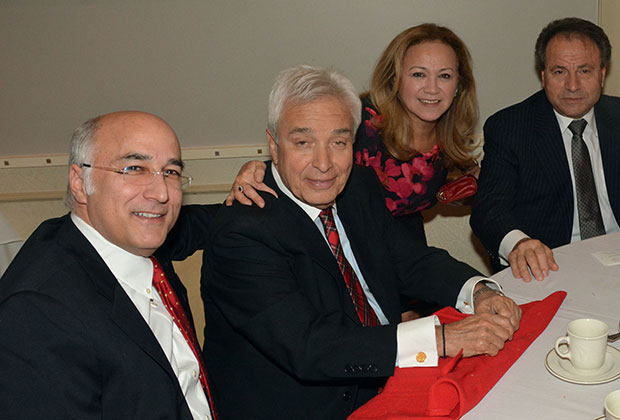

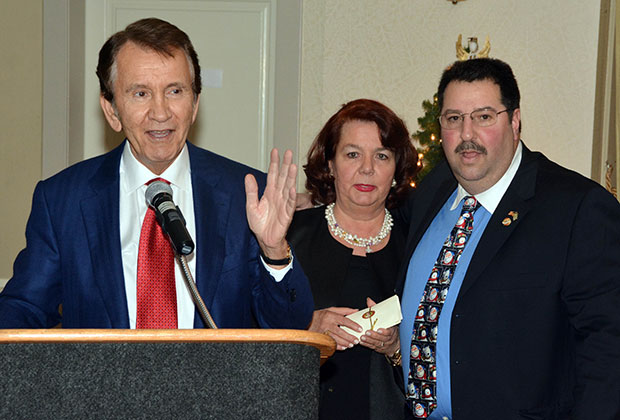
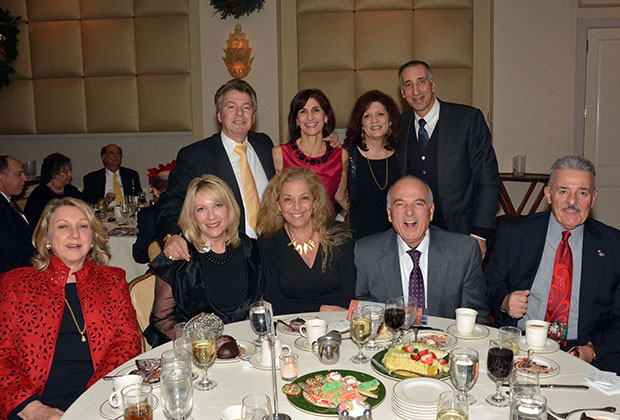
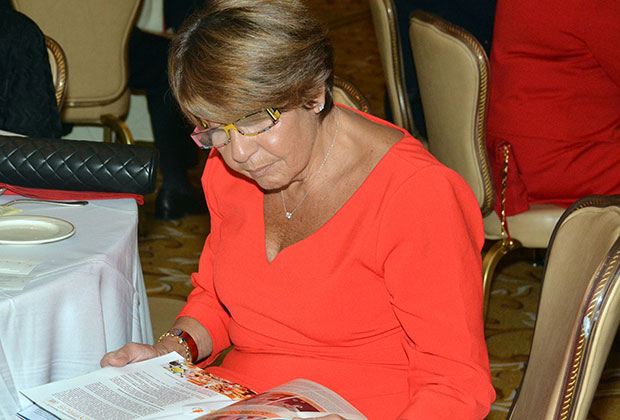
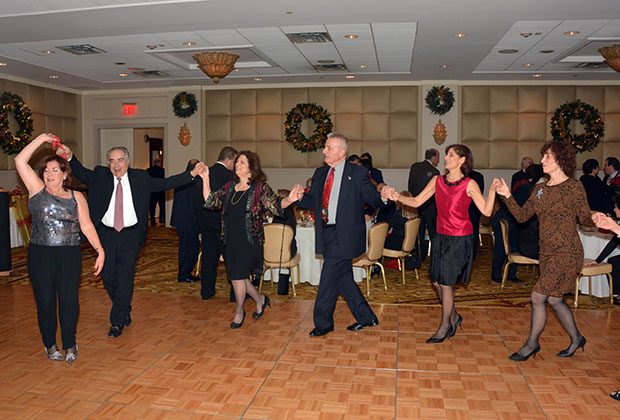
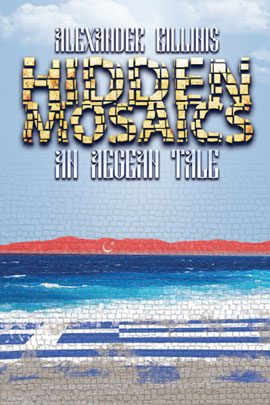
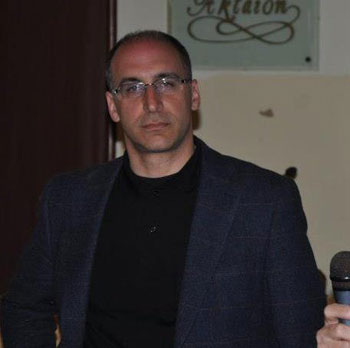

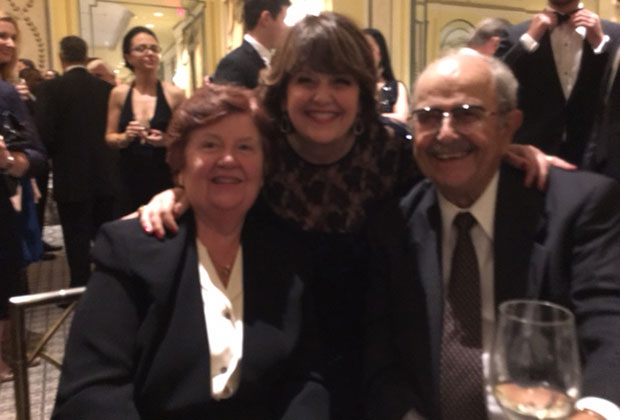
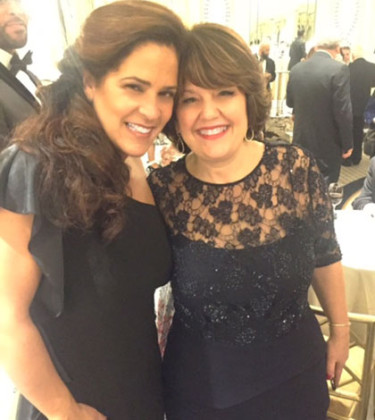
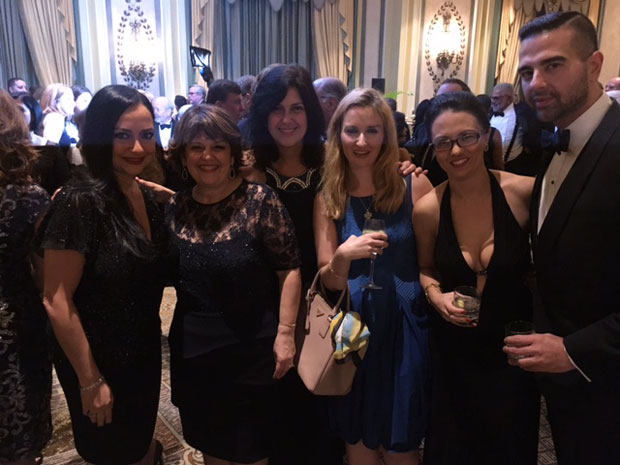
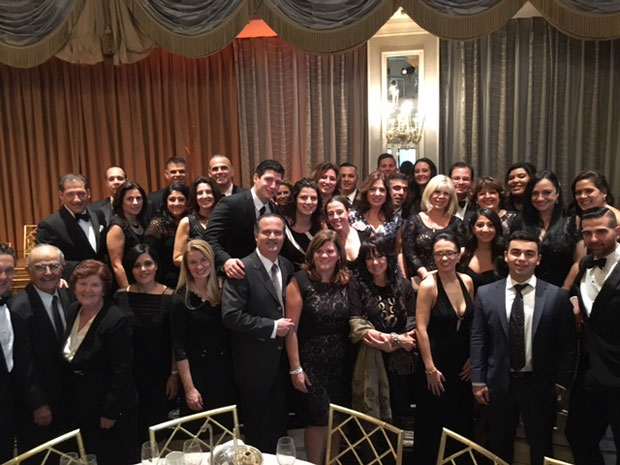

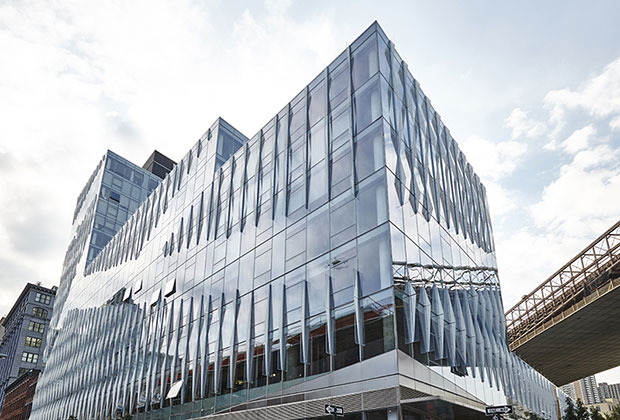

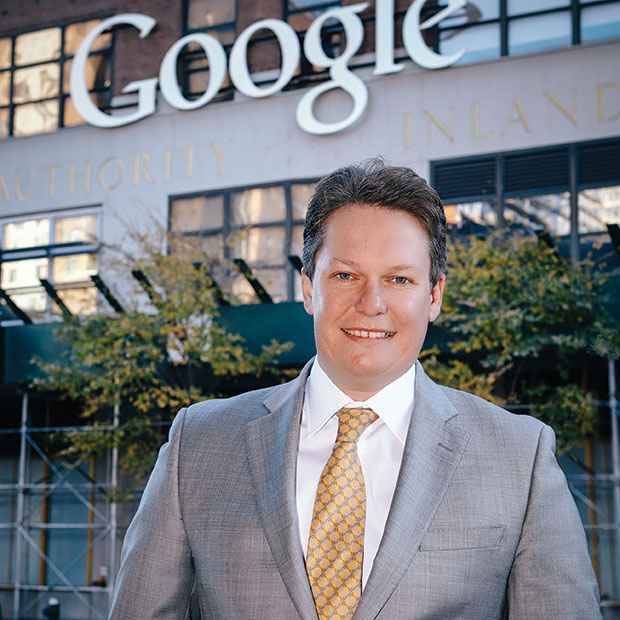
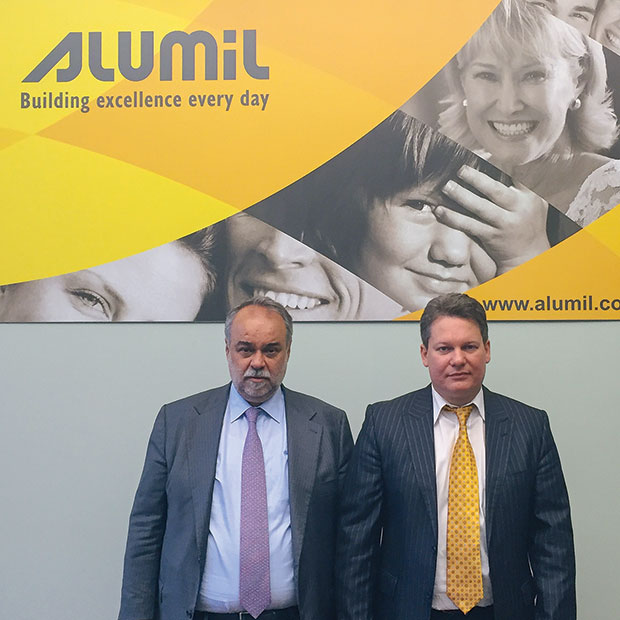


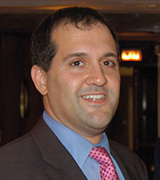

 On a serious note now, the January issue of Forbes magazine features John Koudounis, CEO of Mizuho Securities USA, an arm of Japan’s second-largest bank by assets,
On a serious note now, the January issue of Forbes magazine features John Koudounis, CEO of Mizuho Securities USA, an arm of Japan’s second-largest bank by assets,  As head of Mizuho USA since 2010, he has already managed to make the Japanese bank a serious player in Wall Street and the night is young. According to Forbes, “Earlier this year Koudounis embarked on the second stage of his growth plan. Mizuho bought a $36.5 billion book of loans from RBS for around $3 billion, giving the firm expanded access to corporate clients and absorbing 130 investment bankers. Equities are next, he says.”
As head of Mizuho USA since 2010, he has already managed to make the Japanese bank a serious player in Wall Street and the night is young. According to Forbes, “Earlier this year Koudounis embarked on the second stage of his growth plan. Mizuho bought a $36.5 billion book of loans from RBS for around $3 billion, giving the firm expanded access to corporate clients and absorbing 130 investment bankers. Equities are next, he says.”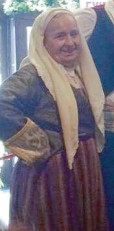
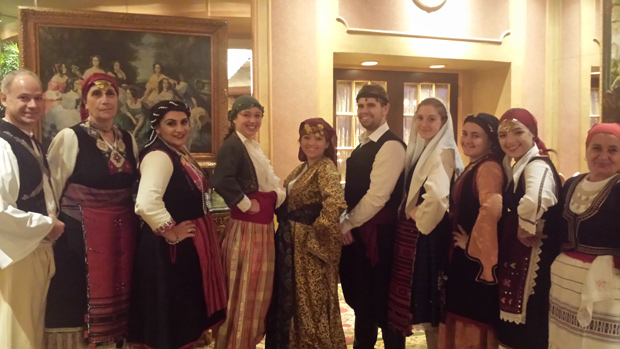
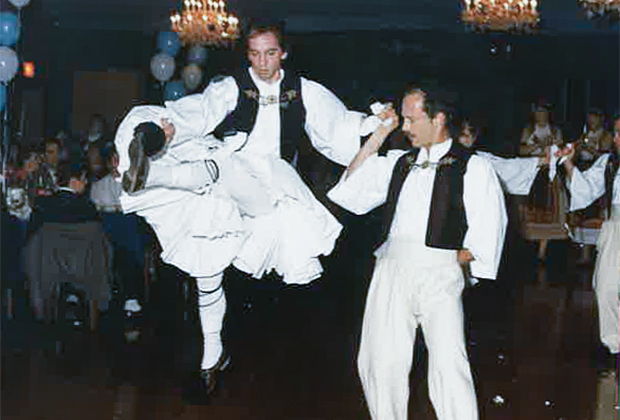
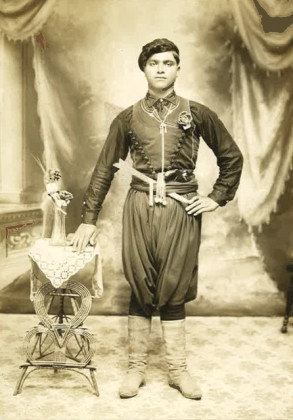 In addition to participation in Greek and multi-cultural festivals in the tri-state area, GAFS has represented Greek Heritage at the following venues: Ellis Island Medal of Honor Ceremony, Jacobs Javits Center, Kennedy Center, Carnegie Hall, Lincoln Center, Metropolitan Museum of Art, Queens College, SUNY Buffalo and Binghamton, NY Public Library, United Nations, NYC Mayors Office, House of Representatives, DC International Friendship Day of the Borough of Brooklyn, Queens Museum, PS 1 and MOMA.
In addition to participation in Greek and multi-cultural festivals in the tri-state area, GAFS has represented Greek Heritage at the following venues: Ellis Island Medal of Honor Ceremony, Jacobs Javits Center, Kennedy Center, Carnegie Hall, Lincoln Center, Metropolitan Museum of Art, Queens College, SUNY Buffalo and Binghamton, NY Public Library, United Nations, NYC Mayors Office, House of Representatives, DC International Friendship Day of the Borough of Brooklyn, Queens Museum, PS 1 and MOMA.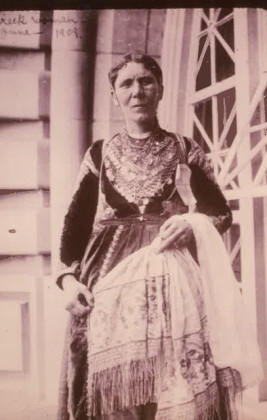 Classes are held on Saturday for children ages 2-16, Tuesday for adult beginners and Wednesday for advanced and performing group.
Classes are held on Saturday for children ages 2-16, Tuesday for adult beginners and Wednesday for advanced and performing group.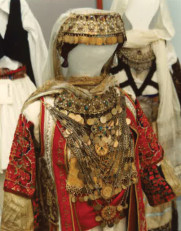 We hope you will consider making GAFS a continued success with a generous and much appreciated donation. Your faithful support for The Greek American Folklore Society is greatly appreciated as it ensures the continued success of an organization that enriches the lives of its members in more ways than you will ever know. More importantly, these members hold on to and spread the Greek culture and heritage into future generations!
We hope you will consider making GAFS a continued success with a generous and much appreciated donation. Your faithful support for The Greek American Folklore Society is greatly appreciated as it ensures the continued success of an organization that enriches the lives of its members in more ways than you will ever know. More importantly, these members hold on to and spread the Greek culture and heritage into future generations!
